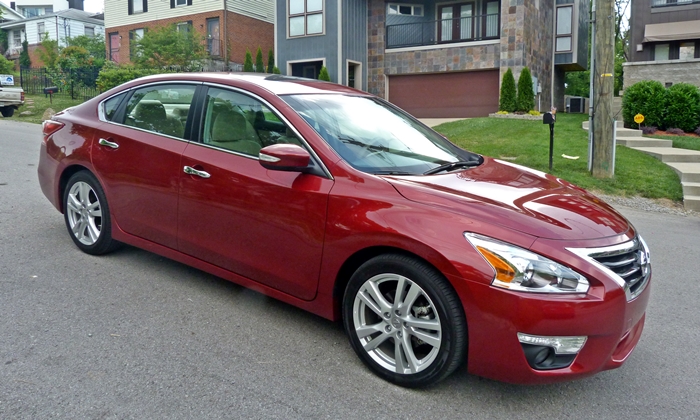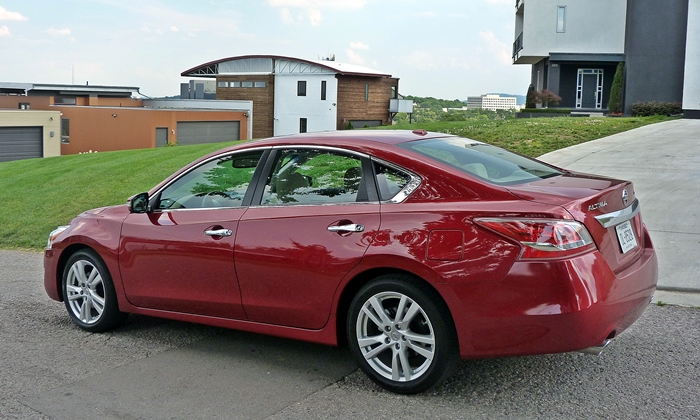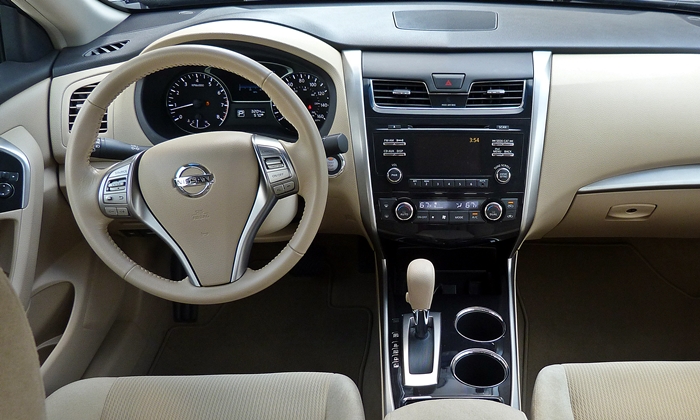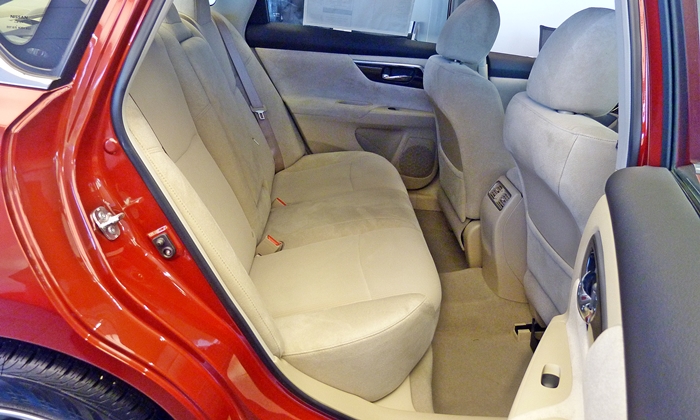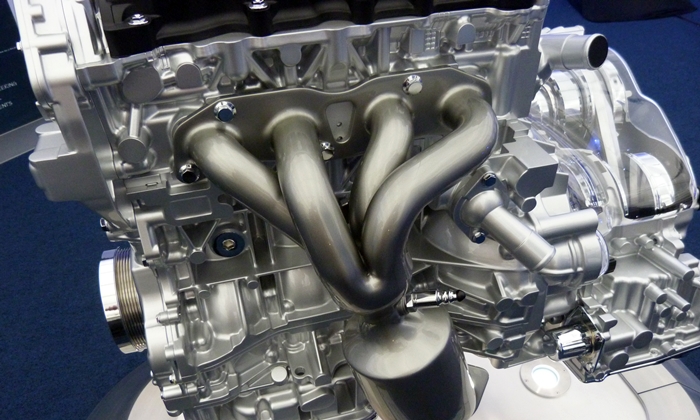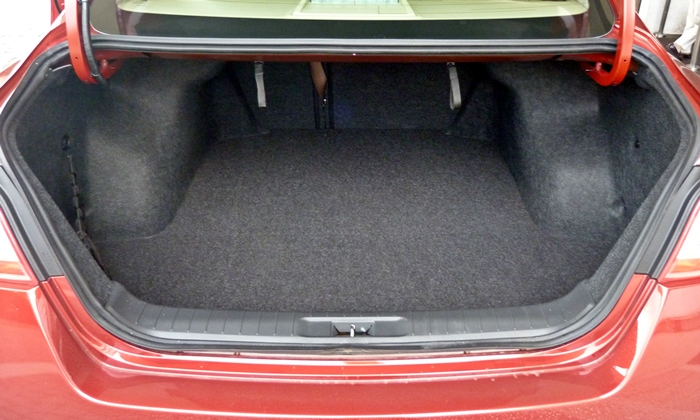The Nissan Altima midsize sedan isn't at the top of public consciousness like those from Honda and Toyota, but it has been outselling the Accord and hasn't been too far behind the Camry. Nissan seems to have concocted a winning formula, but what is it? And does the redesigned 2013 Altima still have it?


